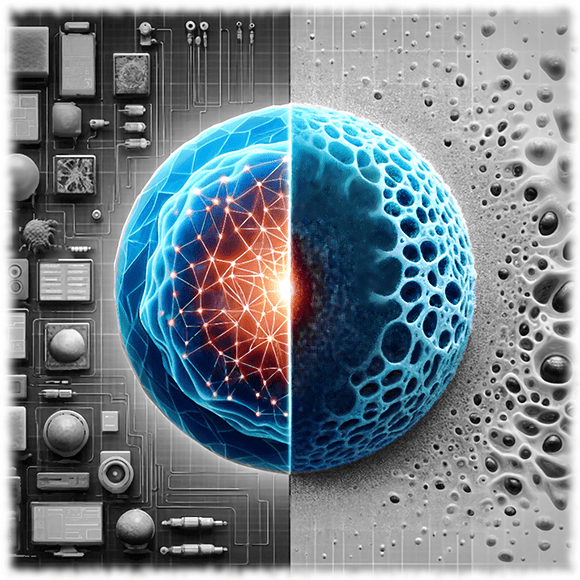Main Menu (Mobile)- Block
- Overview
-
Support Teams
- Overview
- Anatomy and Histology
- Cryo-Electron Microscopy
- Electron Microscopy
- Flow Cytometry
- Gene Targeting and Transgenics
- High Performance Computing
- Immortalized Cell Line Culture
- Integrative Imaging
- Invertebrate Shared Resource
- Janelia Experimental Technology
- Mass Spectrometry
- Media Prep
- Molecular Genomics
- Primary & iPS Cell Culture
- Project Pipeline Support
- Project Technical Resources
- Quantitative Genomics
- Scientific Computing
- Viral Tools
- Vivarium
- Open Science
- You + Janelia
- About Us
Main Menu - Block
- Overview
- Anatomy and Histology
- Cryo-Electron Microscopy
- Electron Microscopy
- Flow Cytometry
- Gene Targeting and Transgenics
- High Performance Computing
- Immortalized Cell Line Culture
- Integrative Imaging
- Invertebrate Shared Resource
- Janelia Experimental Technology
- Mass Spectrometry
- Media Prep
- Molecular Genomics
- Primary & iPS Cell Culture
- Project Pipeline Support
- Project Technical Resources
- Quantitative Genomics
- Scientific Computing
- Viral Tools
- Vivarium

I develop computer simulations and machine learning tools to advance microscopy techniques and to gain insight into the workings of cells and tissues at the ultrastructure level.
I am working on various research questions at the intersection of computer simulations, machine learning, microscopy, and cell and tissue biology.
My current projects include the following:
Leveraging complementary microscopy methods
Every microscopy method entails a compromise between spatial and temporal resolution, contrast, and preservation of cellular ultrastructure, with each technique possessing its own distinct strengths. I design and employ machine learning tools and strategies that aim to combine the different advantages of several techniques in order to achieve comprehensive knowledge of cellular ultrastructure. For this, I work together with the Saalfeld lab and the CellMap team at Janelia.
Adaptive optics
Fluorescence microscopy images are often distorted due to imperfections in the optical system, or inhomogeneous refractive indices of the sample. Together with the Shroff lab, I work on enhancing and optimizing adaptive optics techniques for fluorescence microscopy with the aim of achieving optimal correction in real-time.
Microscopy and optics simulations
Optics simulations are fundamental to interpreting microscopy images and designing new microscopy techniques. I develop simulations for various aspects of fluorescence microscopy. Among others, I developed a software application for the simulation of point spread functions in single molecule microscopy. I have also contributed to a collaborative project for differentiable optics simulations (chromatix), started by the Turaga lab.
Simulations of cell and tissue
Simulations are a key to understanding cell and tissue behavior and go hand-in-hand with biological scientific discovery. If we understand a complex system, we can simulate it; if we can simulate the system, we will be able to perform experiments ‘in silico’ and tweak parameters of the system in order to understand it better. Among others, I am currently interested in the simulations of salivary gland morphogenesis in collaboration with the Wang (Shaohe) lab, in order to uncover the mechanisms and processes underlying its space-filling properties.
